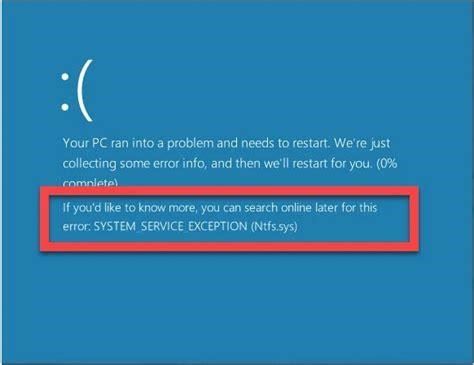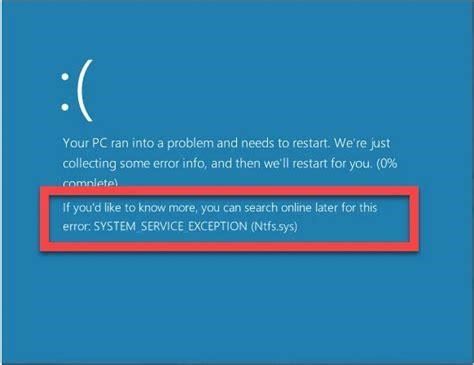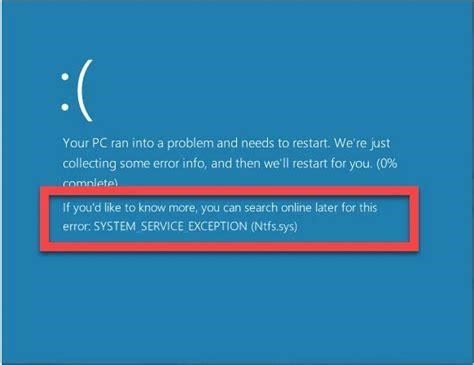A Comprehensive Guide to Troubleshooting Microphone Issues on Windows 10
As regular Windows 10 users, we’ve all likely encountered microphone issues at some point that prevented us from using call apps or voice assistants. In this comprehensive tutorial, we’ll leverage insights from Windows experts to walk through various methods to diagnose and resolve microphone problems on Windows 10.
Verify Microphone Connections and Settings
The first step is to check that your microphone or headset is properly connected to your PC. Make sure all plugs are fully inserted into the appropriate ports without any loose connections. If using a USB microphone, try unplugging it and plugging it back in. Then double check that your mic is set as the default recording device in Windows Sound Settings. You can access these settings by right-clicking the speaker icon in the taskbar and selecting "Sounds". In the Recording tab, make sure your microphone is listed and set as the default device.
How to adjust microphone volume Windows 10?
Windows Settings is one of the quickest and least confusing ways to adjust your microphone volume in Windows 10. To open it, click the “Start” menu, then select the gear icon on the left. This will open “Settings.” You can also press Windows+i to open it.
How do I disable a microphone in Windows 10?
Double-click on the microphone option to open its properties. In the microphone properties windows, go to the Advanced tab. Uncheck the box next to “Allow applications to take exclusive control of this device.” Once done, click Apply, then click OK. This will lock the microphone volume and prevent other apps from controlling it.
While here, check that your microphone volume or gain is turned up high enough within your sound control panel. Try speaking into the mic and watch the blue Input Level bar move to ensure it’s detecting your voice. If the bar is not moving, your mic may be muted or volume too low.
Update Audio Drivers
Outdated, incompatible, or corrupt drivers can also prevent microphones from working properly. We recommend updating your audio drivers to the latest available versions from your PC or motherboard manufacturer’s website. Fully uninstall the current drivers under Sound Controllers in Device Manager, restart your PC, and fresh install the latest drivers. This often resolves mic issues caused by driver conflicts.
Adjust Individual App Permissions
On Windows 10, microphone privacy settings are managed on both a system and per-app level. Check that microphone access is enabled globally under Settings > Privacy > Microphone. Then verify that individual apps needing mic access like Zoom and Skype have permission to use your microphone under their own settings. Disable exclusive mode if enabled.
Run the Recording Audio Troubleshooter
Microsoft provides useful built-in troubleshooting tools that can automatically detect and resolve common mic problems. Under Settings > Update & Security > Troubleshoot, run the "Recording Audio" troubleshooter and restart your PC after it completes. This can identify and replace corrupt driver files and system configurations causing issues.
Is there a problem with Microsoft Speech recognition software?
As you can see, even in Microsoft speech recognition software, the problem exists. 2) The microphone is a standalone microphone with 3.5mm jack. 3) There was no problem in Windows 8.1 (which I just used). 4) The active use of microphone causes the problem.
How to disable microphone in Windows 10?
In the bottom right corner of your computer, you will see the Volume Control icon. Right-click on Volume Control Iconand click on the option Sound Settings. Then, click on Manage sound devices. Now under the input device category, if you have any other device enabled apart from the microphone, simply click on them, and click on the option Disable.
Why does my Microphone keep resetting to 0 or 100 Volume?
Microphone keeps resetting to 0 or 100 volume can be due to a problematic driver, hardware failures, or incorrect settings. If the problem occurs, it will not let you record audiosor have a conversation with your peers which can be annoying. Follow the resolutions below to stop the Microphone from auto-adjusting. Run the Speech Troubleshooter
Test with Online Tools
Online tools like Mic Tests provide quick ways to analyze your mic input levels. Allow site access to your mic when prompted, then speak into your microphone and watch the green Input Level bar move to confirm it’s picking up audio. This can determine if an issue is limited to certain apps only.
Create a New User Account
One effective troubleshooting step is testing your microphone with a newly created user profile devoid of any configuration issues. Make a new user account under Settings > Accounts > Family & Other Users and check if the mic works normally when signed in with that account. This isolates whether the problem stems from a system-wide issue or corrupted user profile.
Restore Previous System Configuration
If the microphone stopped functioning after installing an update or recent software, a system restore serves as a quick fix. In Settings > Update & Security > Recovery, select the option to "Restore PC to an Earlier Point in Time" to roll your system state back to before the issue occurred. Doing so will cleanly revert system configs without losing data or installed programs.
Clean Boot into Diagnostic Startup
Entering a "Clean Boot" state that only launches essential system processes can determine if third-party apps are causing microphone conflicts. Press Win + R and enter "msconfig" to access the System Configuration utility. Under the General tab, select "Diagnostic Startup" and restart your PC. If the mic works normally with diagnostic startup, methodically enable selective startup items until identifying the problematic program.
Why does my microphone volume keep resetting to 100 on Windows 10?
Check if the “Microphone volume keeps resetting to 100 on Windows 10” error has been solved. If your computer has corrupted, missing, outdated system files, you may experience some PC issues. If this is the case, then the microphone volume may keep resetting to 0 or 100. An SFC scan can help you repair these system files.
How do I fix a microphone not working Windows 10?
Assuming the restart didn’t make a difference, your first stop for microphone troubleshooting, particularly if your mic isn’t working at all, should be the sound settings menu in Windows. Access these by navigating to Settings > System > Sound. Here, under Input, click the dropdown box under Choose your input device. Select the mic you want to use.
Uninstall Recent Windows Updates
Buggy Windows updates are a common source of microphone problems. Under Settings > Update & Security > Windows Update, view your update history and uninstall recently installed patches. Use the "Hide Updates" troubleshooting tool to prevent re-installation of problematic updates until fixed by Microsoft. Restart your PC after uninstalling updates to confirm if your microphone has been restored.
Perform a Repair Install of Windows
If you’ve exhausted all other troubleshooting methods, perform a Repair Install by downloading the Media Creation Tool from Microsoft. This will re-install Windows 10 while preserving your data and apps. Often this will replace corrupt Windows system files responsible for microphone issues. Just remember to back up important data beforehand.
We hope these troubleshooting steps help resolve your Windows 10 microphone problems. Let us know if issues persist or if you have any other topics we can cover regarding Windows optimizations and repairs. Together we can master the operating system and enhance our computing experiences.
How do I know if my microphone is faulty?
Look for a slider or button on your headset, its cord, or the front of the mic. Should you still have no mic input after double-checking the above, try plugging your mic into another computer. If it doesn’t work on the other PC, your microphone hardware may be faulty.
Why is my mic not working?
If the mic works in another port, the first USB port is likely dead or has an issue. For analog mics, make sure you have the cable plugged into the pink microphone port on your PC. No matter your mic type, confirm that all its cables are fully inserted and that nothing is loose.
How do I reinstall a microphone driver?
1) Try updating and reinstalling the Microphone driver in Device Manager reached by right clicking the Start button, then Device Manager, then Audio Input and Output devices, then Microphone . Choose Microphone then Driver tab, then Update > Automatically.




